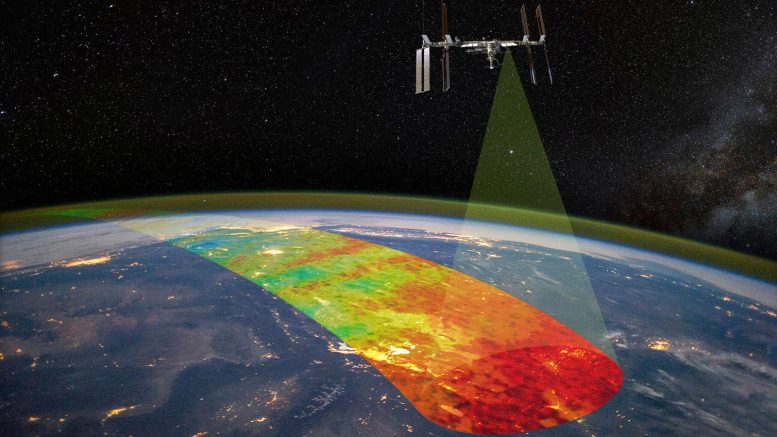
Artist’s impression of AWE mapping the properties of global mesospheric gravity waves. Credit: NASA
NASA’s AWE project has successfully completed vital space environment tests, aiming to study atmospheric gravity waves and their impact on satellite communications, ahead of its November launch to the International Space Station.
NASA’s Atmospheric Waves Experiment (AWE) has successfully completed critical space environment tests. Planned for launch to the International Space Station (ISS) in November 2023, AWE will study atmospheric gravity waves in Earth’s atmosphere to help us better understand the connections between terrestrial weather and space.
“AWE is a highly sensitive, precise science instrument designed to be fitted on the International Space Station and operate in the harsh space environment,” said Burt Lamborn, AWE project manager at Utah State University’s Space Dynamics Laboratory (SDL), which is building the instrument for NASA. “To ensure that AWE will survive launch turbulence and operate as designed once in space, SDL put the instrument through its paces on the ground.”
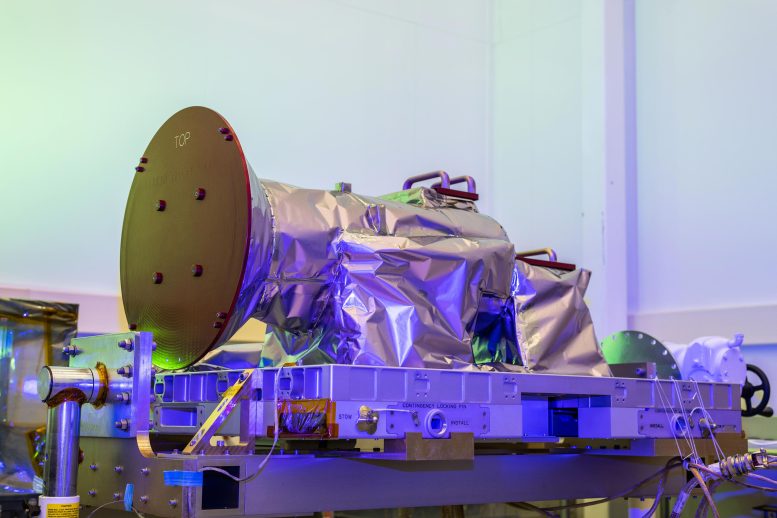
NASA’s Atmospheric Waves Experiment, or AWE, is shown with its remove-before-flight covers in this photo taken on May 26, 2023, at Utah State University’s Space Dynamics Laboratory. Credit: SDL/Allison Bills
AWE’s environmental tests included:
- Electromagnetic interference/electromagnetic compatibility (EMI/EMC) testing to ensure AWE does not produce or emit electromagnetic signals that could interfere with other critical equipment on the International Space Station.
- Exposing AWE to a variety of high-level noise sources to ensure that any interference originating from the space station will not impair AWE’s observations.
- Tests to verify ruggedness and reliability, electrostatic discharge, and voltage spikes.
- Vibration and strength validation testing using a shaker table that simulated the predicted conditions during launch.
- Thermal vacuum testing to demonstrate the performance and operation of the AWE instrument in a simulated flight environment.
- Instrument calibration in a vacuum chamber, which simulated on-orbit environmental conditions.
Satellite communications that enable banking, navigation, telephony, entertainment, and many more applications can be disrupted by impacts from atmospheric gravity waves and from adverse space weather. Scientists hope to gain new knowledge from AWE that will help them more accurately forecast the impact on communications from atmospheric waves and space weather while allowing mission planners and satellite operators to plan contingencies.
Atmospheric Gravity Waves
Atmospheric gravity waves (often simply referred to as gravity waves) are oscillations within a fluid medium, like Earth’s atmosphere, that result from the force of gravity trying to restore equilibrium. These waves can be visualized as the ripples that form on the surface of a pond when a stone is thrown into it. In the atmosphere, they are typically generated by factors such as airflow over mountain ranges, convection due to heating in the lower atmosphere, or disturbances in air masses.
The basic principle behind atmospheric gravity waves is that when a parcel of air is displaced vertically (either upwards or downwards), buoyancy tries to return it back to its original position. But, since the movement is oscillatory in nature, the air parcel overshoots and ends up being displaced again, leading to a wave-like motion.
Note that gravity waves should not be confused with gravitational waves.




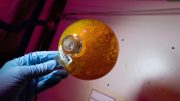

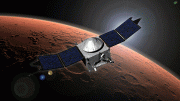

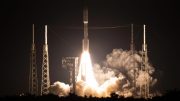
Be the first to comment on "AWE-Inspiring: NASA’s Atmospheric Waves Experiment Aces Space Environment Tests"